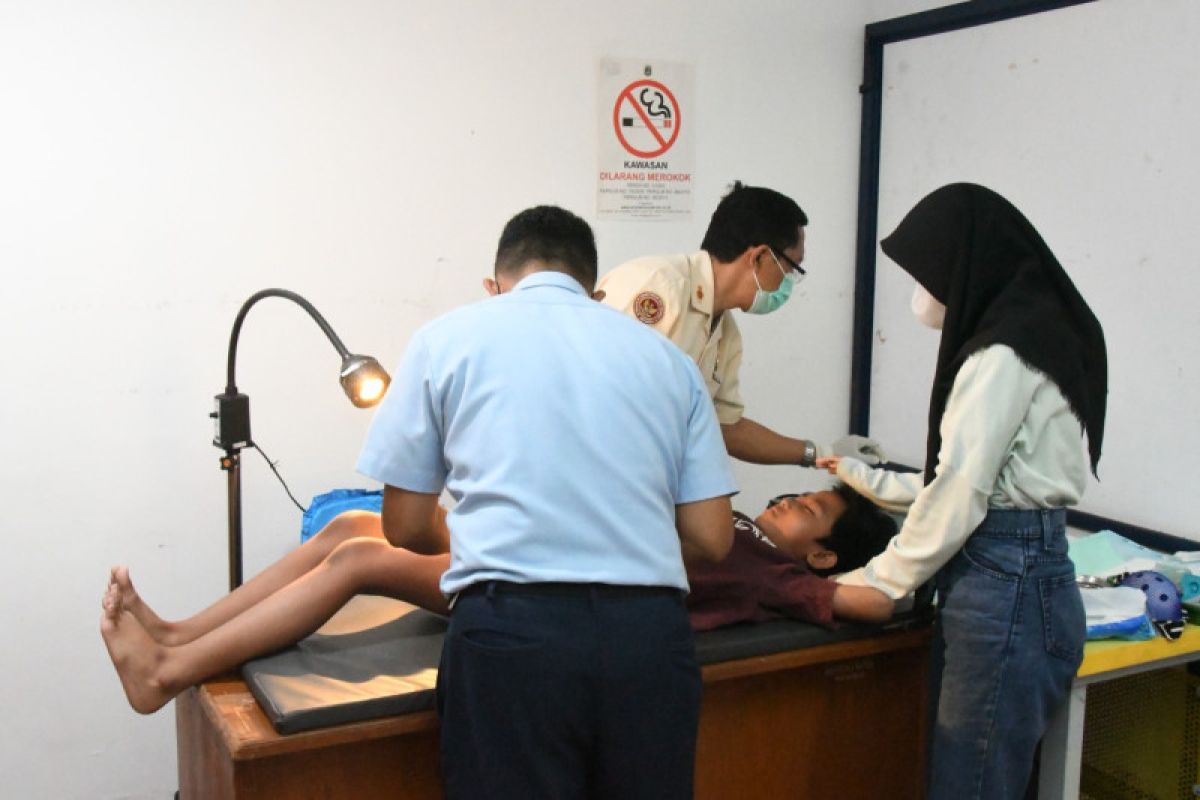Male circumcision is a practice steeped in tradition, yet it has undergone significant transformations as societies evolve and modern medical practices emerge. This journey from ancient customs to contemporary perspectives reveals the complexities surrounding circumcision, including its cultural, religious, and medical dimensions. Understanding this evolution provides insight into how circumcision in Dubai is perceived and practiced today.
1. Historical Roots
Circumcision has ancient origins, with evidence dating back thousands of years across various cultures and civilizations. In ancient Egypt, it was practiced for both health and ritualistic reasons. Similarly, in the Judeo-Christian tradition, circumcision serves as a covenantal symbol, reflecting its significance in religious identity.
In Islamic culture, circumcision, known as khitan, is viewed as a sunnah, an act recommended by the Prophet Muhammad. The practice became ingrained in Arab culture and spread through the Islamic conquests, establishing circumcision as a common rite of passage in many Muslim-majority countries, including those in the Middle East.
2. Cultural Significance
Traditionally, male circumcision is not only a religious obligation but also a vital cultural ritual. It often signifies a boy's transition into manhood and is celebrated with communal gatherings, feasts, and ceremonies. These events reinforce social bonds, create a sense of identity, and pass cultural values from one generation to the next.
In many societies, circumcision is associated with purity, health, and cleanliness, further solidifying its importance in cultural practices. However, as globalization progresses, differing cultural views on circumcision have emerged, particularly in multicultural societies where various beliefs coexist.
3. The Role of Medicine
The understanding of circumcision began to shift with advances in medical science. Throughout the 20th century, medical professionals increasingly studied the potential health benefits and risks associated with the procedure. Research has indicated that circumcision can reduce the risk of urinary tract infections in infants, lower the likelihood of sexually transmitted infections, and promote better hygiene.
These medical insights have influenced public health recommendations, particularly in Western countries, where circumcision is often performed in hospitals under sterile conditions. However, debates around the necessity and ethics of circumcision have also intensified, raising questions about informed consent and bodily autonomy.
4. Changing Perspectives
As societal values evolve, attitudes toward circumcision have become more nuanced. In many Western countries, circumcision rates have declined, with some parents opting against the procedure based on personal beliefs or concerns about ethics and autonomy. Advocacy groups have emerged, emphasizing the importance of consent and the rights of individuals to make their own decisions regarding their bodies.
In contrast, in cultures where circumcision remains a deeply ingrained tradition, resistance to change can be strong. Many families view the practice as a rite of passage that connects them to their heritage, reinforcing their identity and community ties.
5. Legal and Ethical Considerations
The evolving landscape of circumcision has prompted discussions about legal and ethical frameworks. In some jurisdictions, there is a push for stricter regulations surrounding infant circumcision, focusing on parental rights, medical necessity, and the rights of the child. These discussions reflect broader societal debates on individual autonomy and the ethical implications of performing non-consensual medical procedures on minors.
In contrast, other regions continue to uphold circumcision as a cultural and religious right, emphasizing the importance of tradition in maintaining community identity. This divergence illustrates the complexities of navigating circumcision within diverse cultural contexts.
6. The Future of Circumcision
The journey of male circumcision from tradition to modernity is ongoing. As cultural norms continue to shift and medical knowledge expands, the practice will likely evolve further. Families may increasingly seek a balance between honoring their cultural traditions and accommodating modern ethical considerations.
Healthcare providers can play a vital role in this transition by offering comprehensive information about the procedure, its potential benefits, and the implications for the child’s autonomy. Encouraging open dialogue between parents and healthcare professionals can help families make informed decisions that respect both cultural beliefs and modern medical ethics.
Conclusion
The journey of male circumcision reflects a complex interplay of history, culture, and medicine. From its ancient roots to its current status as a topic of debate, circumcision embodies the challenges of reconciling tradition with modern values. As societies continue to grapple with the implications of this practice, the conversation surrounding circumcision will evolve, fostering a deeper understanding of its significance and encouraging thoughtful discussions about personal choice, cultural identity, and ethical considerations in the contemporary world.





Comments